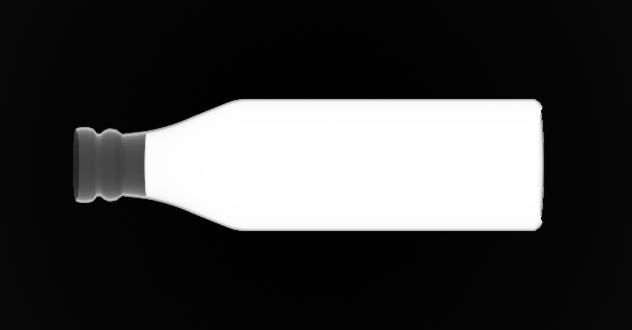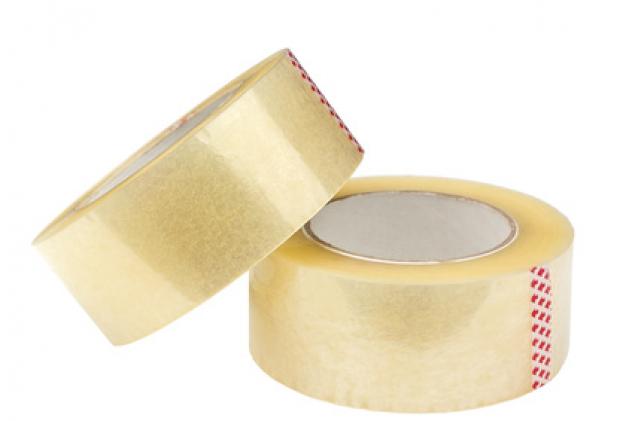10.302015Use of radiography to control the foodCategory "Miscellaneous" | No comment

Due to regulatory requirements and consumer demands which are more and more stringent, many industries use NDT technics to reliably control the quality and safety of their products.
This is the case of the agri-food sector in which it is necessary:
- To detect the presence of physical contaminants (metal, glass, rubber, plastic)
- To analyze the internal structure of foods before they go on sale in stores,
- To control the filling level of the packages,
- To monitor the presence of insects or worms in the seeds and fruits imported to avoid any risk of contamination.
Different technologies are available for the inspection of food, including metal detectors, optical camera systems, ultrasound, and X-rays. The application of a specific inspection technology is related to the nature of the food and the specific purpose of that inspection.
The use of X-rays is particularly suitable for in-line production control and verification of the packaged food and processed foods, particularly those in bottles, cans, and pouches.
In addition, much research conducted in recent years by the Western Regional Research Center (Albany, CA)[1] and the Pontifical Catholic University of Chile [2] have highlighted the potential of radiography for sorting fruit and cereal or detecting bones in chicken or fishbone in processed foods.
To have a global overview of the controls carried out by X-rays, you may be interested in reading this article published on the NIH WEBSITE [3].
[1]. Haff RP & Toyofuku N. (2008). X-ray detection of defects and contaminants in the food industry. Sens Instrumen Food Qual 2:262–73.
[2]. Mery D et al. (2011). Automated fish bone detection using X-ray imaging. J Food Eng 105(3):485–92.
[3]. Nachiket Kotwaliwale, Karan Singh, Abhimannyu Kalne, Shyam Narayan Jha, Neeraj Seth, and Abhijit Kar. (2014). X-ray imaging methods for internal quality evaluation of agricultural produce. NIH website.
The EXTENDE's team

